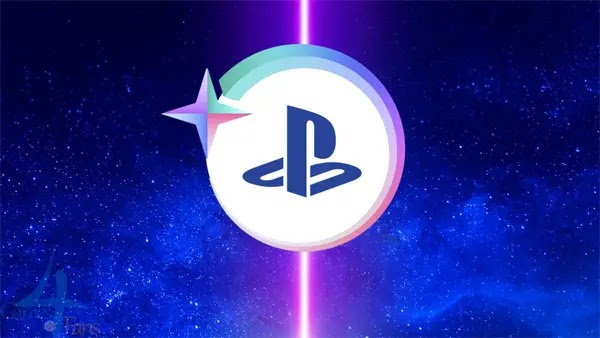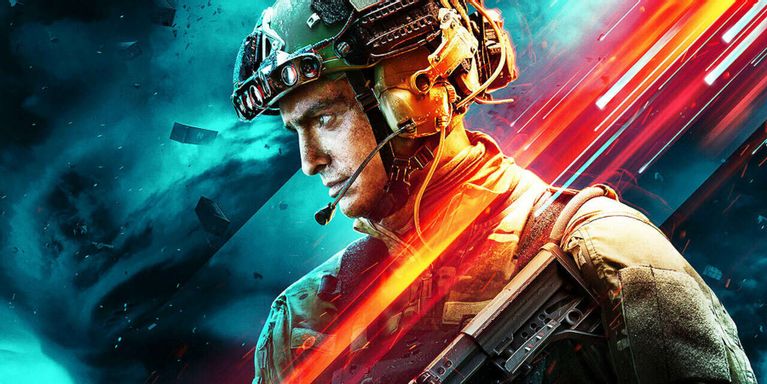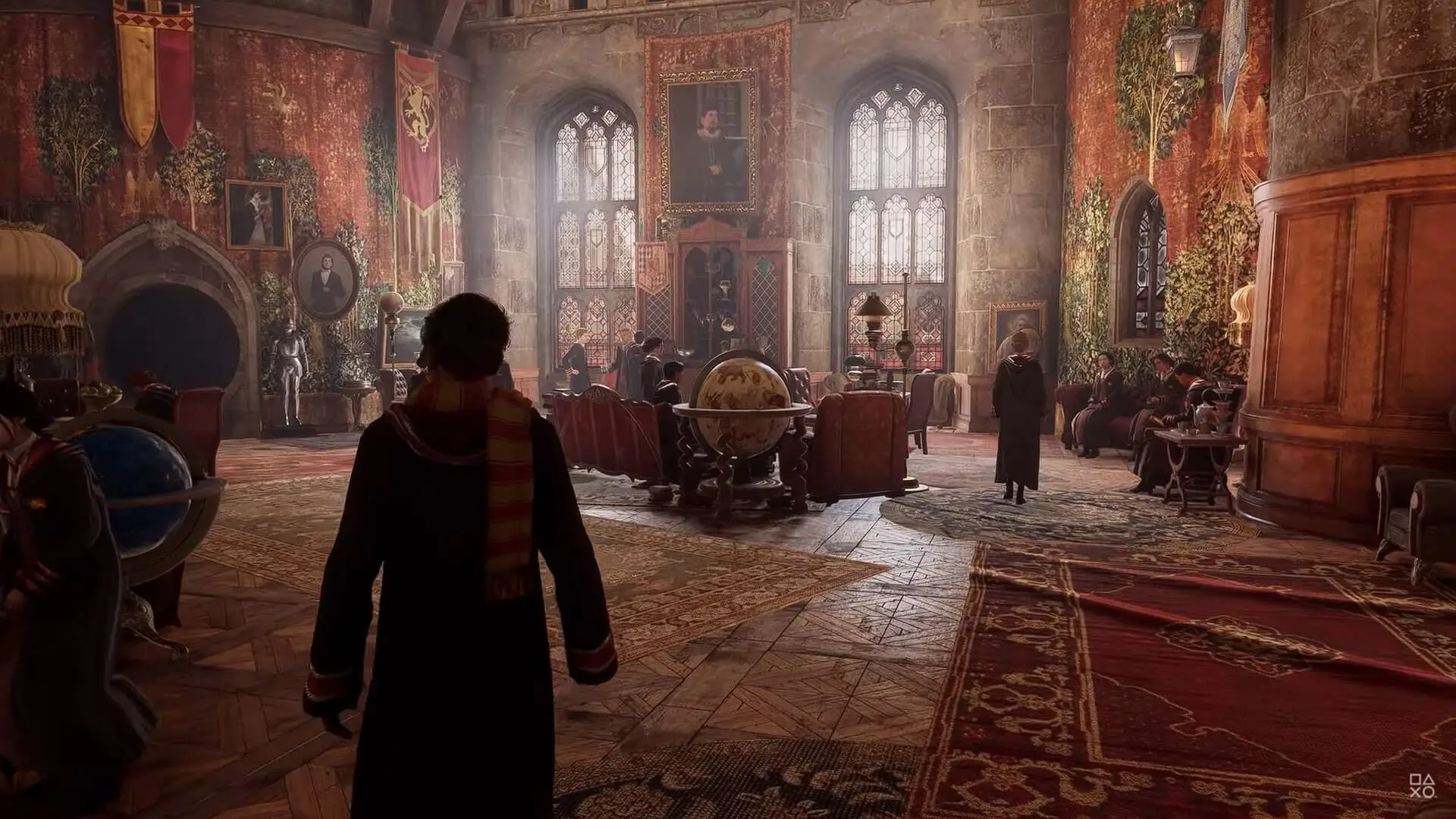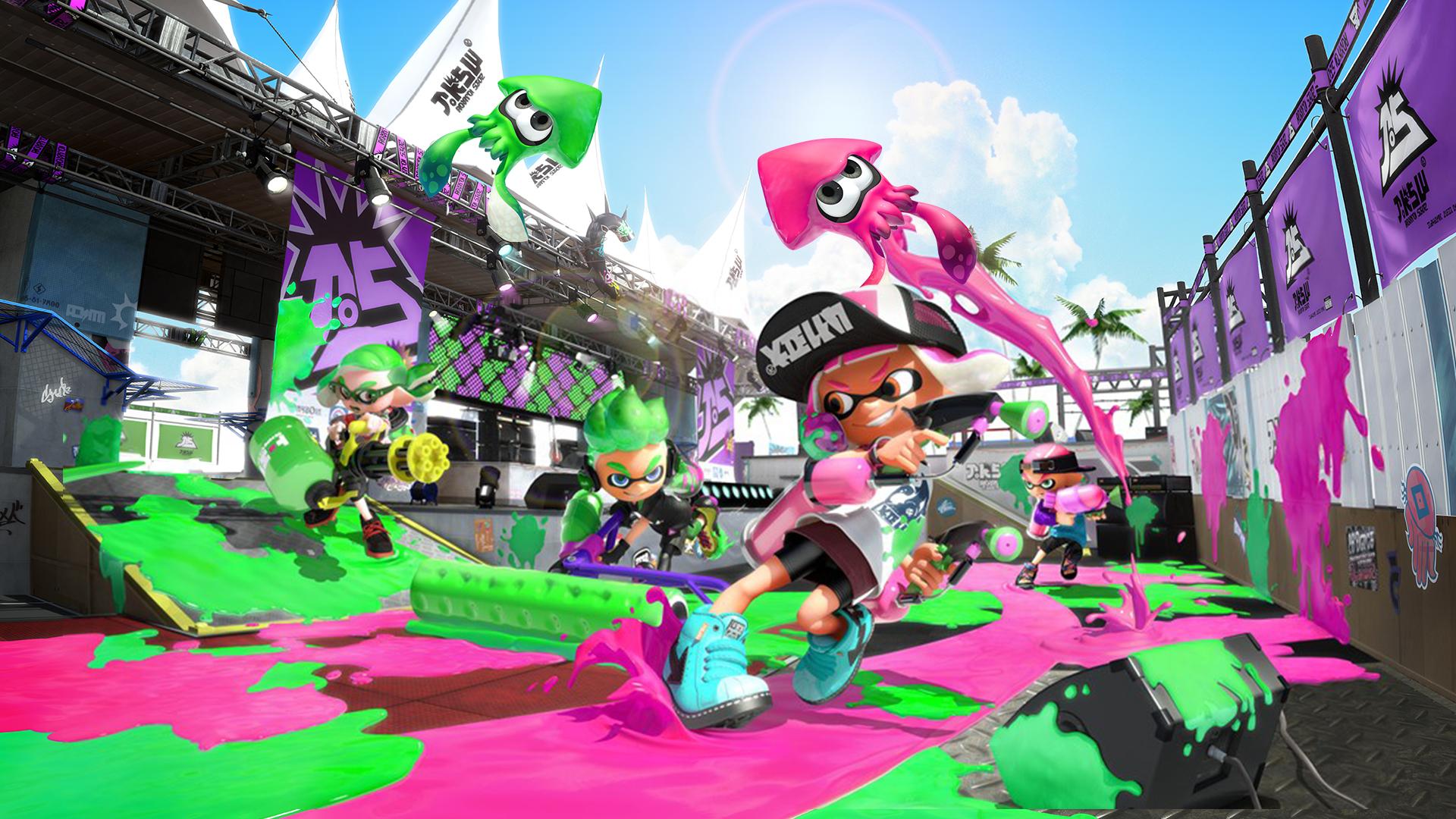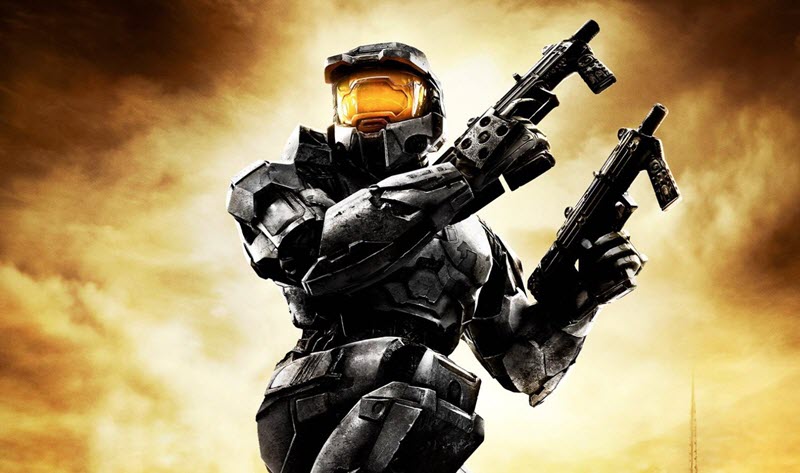Tips
Make the most of multiplayer mode with good strategies
Learn communication tips, strategies, adaptation, and routines to excel in multiplayer mode. Improve performance, build strong teams, and make every match fun and productive.
Advertisement
Some people love the energy of playing together, experiencing every play as if they were in a real arena. In multiplayer mode, emotions are heightened, and every action leaves its mark on the course of the competition.
This universe matters because it provides experiences beyond the control of solo play: human intelligence adds its own surprises, demands, and challenges, making victory more rewarding and learning constant.
Throughout this article, you'll discover practical strategies to truly enjoy multiplayer. Get ready to grow, compete, and enjoy every moment of online matches.
Improving your communication for fast results
Exchanging clear and objective information already brings a noticeable improvement in multiplayer matches: your allies stop acting on the fly and together organize each attack in the game.
Just look at situations where a combination makes all the difference: "I'll go left," "cover the base," "enemy in sight behind the rock." With this type of communication, multiplayer becomes more planned and productive.
Adopt direct sentences during the game
Using short phrases, such as "attack now" or "wait for my order," reduces misunderstandings during decisive moments. Clarity strengthens team harmony and accelerates joint action.
It's worth testing standard commands in different contexts. For example, "heal the team" works for cooperative games, while "to the left" works for shooters. With repetition, everyone understands the pattern and responds faster.
Adapt commands to the group. Beginner groups need simple phrases. For advanced teams, create codes for specific situations—it saves time and delivers immediate results.
Synchronize actions using visual cues
In addition to voice and text, explore the signals present in various games, especially in multiplayer mode. Marking points on the map, pinging hazards, or supporting areas simplifies coordination.
In the heat of combat or when voice signals fail, relying solely on symbols on the HUD can save rounds. For example, colored pings indicate where the team should move.
Mastering these signs also reduces distractions. When practiced together, players quickly understand what each symbol represents and act almost without needing to speak.
| Communication Tool | In-Game Feature | Main Benefit | How to Apply Today |
|---|---|---|---|
| Voice | Chat by microphone | Immediate responses | Connect headset and suggest quick tactics |
| Text | In-game chat | Strategy documentation | Send written commands to reinforce plans |
| Pings | Visual signs on the map | Instant alert | Ping danger locations in real time |
| Codes | Custom codes | Speed in action | Match keywords for critical events |
| Emotes | Personalized gesture | Motivation and morale | Use emotes to mark victories and encourage your team |
Building balanced teams from the ground up
By assembling the right team, you can reap victories even in difficult matches. Defining clear roles and ensuring skill diversity strengthens the group and makes multiplayer more productive.
Teams built with a focus on collaboration achieve more consistent results. A group that plans before jumping into a match can identify weaknesses and find good replacements for each key role.
Test different compositions in each match
Teams that experiment with tactics and character combinations are always more adaptable. Playing a few rounds with different classes reveals which compositions work best for the day's objective.
By alternating roles, players expand their repertoire. Each round, a new formation can surprise opponents and hinder predictable counterattacks in multiplayer mode.
- Try one tank for every two supports; it improves ambush resistance and leaves no one without cover, especially when enemy fire is heavy in the central area.
- Alternate between marksmen and healers; this expands your team's reach and protects more technical players, especially on long-range or open-ended maps.
- Include an initiator with crowd control skills; they set the pace for the group in the first few minutes, opening up opportunities for advances, and making life difficult for the opposing team.
- Communicate beforehand; ensuring everyone knows their role prevents simple mistakes and gives everyone the confidence to execute with focus, without damaging improvisations.
- Review after each game; quickly adjusting roles shows maturity and accelerates collective development, allowing you to correct mistakes before they become bad habits.
With these fine-tunings, the group absorbs new dynamics without wasting time on long debates and gets straight to the point.
Adopt quick group assessment routines
At the end of each match, five minutes of debriefing highlighting the positives and negatives works wonders for multiplayer. Identify what worked: protection, attack, movement, or role switching when necessary.
This space builds trust, eliminates noise, and makes the team's progress clear. If everyone has a say in their actions, everyone knows where they can grow together in the next game.
- List successes out loud; reinforce what should continue, avoiding unnecessary changes and consolidating the successful strategies already employed by the group.
- Own up to mistakes without assigning blame; by dealing with failures constructively, motivation remains high and everyone contributes to improvement.
- Agree on a micro-goal for the next round; whether it's defending for an extra five minutes or attacking more aggressively, always focusing on the team.
- Jot down ideas for future tactics; a digital notepad keeps suggestions organized and available to the entire team.
- Schedule quick workouts; fifteen minutes of training to adjust timing or specific combos is enough to improve results without stressing anyone out.
This cycle accelerates continuous development and makes multiplayer a laboratory for fun evolution.
Making adaptation to the opponent part of the plan
Customizing strategies when facing different opponents increases your chances of victory in multiplayer mode. Adapt, observe movements, and react intelligently to other players' actions while strengthening your own skill set.
Detect enemy patterns early
Paying attention to your opponent's movement, attacking, and retreating provides valuable clues. Some teams prefer silent ambushes, while others rush through the same corridor.
Once reconnaissance is complete, redirect your team: block predictable routes, anticipate advances across the map, and set traps for those who act the same way every round.
Adopting strategies to force the enemy into mistakes—like suffocating an attacker in soccer, pressing until they lose the ball—generates a psychological advantage in the following phases.
Adjust tactics in real time
During the game, quickly determine whether the chosen strategy is working. If you notice an imbalance, don't hesitate to propose changes to the original plan.
In multiplayer, changing routes or switching roles mid-game confuses opponents and takes them out of their comfort zone. This flexibility makes all the difference in close matches.
Try a quick adjustment: when your opponent starts reacting well to attacks, change your approach, change the pace, and propose surprise attacks to regain control.
Mastering resource usage and game economics
Managing gold, skills, items, or energy collectively doubles your chances of advancing well in multiplayer. When everyone knows when to invest or save resources, the team can tilt the balance in their favor.
Save resources in the first few minutes
Imagine saving your best card for the right moment, like saving that special ingredient for your favorite recipe. In multiplayer mode, don't spend it all right away.
Agree on priorities with the group: attack or defend, improve skills or hold on to money. This way, each advance is calculated, without losing momentum over the course of the match.
If your opponent tries to force spending early, focus on simple responses, just enough to hold until the group's planned turning point.
Create synchronized attack waves
Gather all resources before a major attack. The team gathers ultimates, unique abilities, and supplies for a coordinated attack that catches the opponent off guard.
This synchronization, in multiplayer mode, shakes defenses and yields important points — especially if the enemy spends first trying to pressure without success.
Post in the chat "assemble for attack in two minutes" and adjust the team's timing. When the time comes, move forward with everything in sync. The impact is immediate and decisive.
Maximizing the use of maps and positions
Learning the routes, hiding spots, and vantage points of each map increases your confidence in multiplayer. Anticipating where to act and positioning yourself well limits mistakes and increases your chances of winning.
Read the terrain quickly in the first few rounds
Train map awareness: Before departure, take a few minutes to observe the map layout. Find alternative routes and coverage areas early on.
Note where the main exchanges are, where the team is usually caught off guard, and the best angles to ambush or defend.
Over time, use shortcuts to surprise opponents and protect teammates. Always share findings via chat to strengthen the collective.
Define strategic points to control key areas
Nominate positions before each start: "I'll cover the main lane," "I'll hold the right side." When everyone knows what to watch, multiplayer becomes safer.
On rotating maps, use combinations of duo movement and cover in open areas to avoid catching your opponent head-on, and instead flank effectively.
When you feel the opposing team is stuck in a pattern, position wards or resources at those points, undermining their initiative.
Aligning schedules and creating routines to grow as a group
Organizing training sessions at fixed times raises the collective level and boosts everyone's confidence in multiplayer mode. With routine, progress is more visible, and adjustments happen naturally.
Schedule regular meetings, even if they are short.
Schedule twenty-minute meetings with the team on set days. Even with limited time, testing new commands, routes, or tactics can yield lasting results.
Keep the group on social media to facilitate agreements and remind everyone of schedules. The collective commitment solidifies without major scheduling demands.
In these mini-workouts, always focus on a single aspect: defensive posture, skill rotation, or communication integration.
Record progress and learning from each session
Open a digital document for each progress: "Today we improved our lateral coverage," "The team reacted better to opponent X." Visualizing progress generates instant motivation.
In the next session, review together what worked and what needs to be adjusted. Multiplayer becomes increasingly efficient based on concrete data shared by the group itself.
Evolving as a team, even slowly, builds bonds and results in more fun in every session, whether long or quick.
Practicing focus and self-control in and out of matches
Cultivating focus, patience, and respect in daily interactions substantially improves your multiplayer experience. Centered and balanced players influence the team, boosting collective performance without resorting to excessive stress.
Develop a growth mindset with every game
Consider defeats as part of your preparation: by analyzing what went wrong, the team learns new lessons and returns to the next game more prepared and resilient.
Avoid pointing fingers or discussing past moves. Instead, ask constructive questions: "What can we try differently?" or "How can we better protect our base?"
At the end of the day, understanding that evolution comes from small changes makes every step within multiplayer more meaningful.
Setting boundaries and self-care when playing as a team
Keep breaks short and regular between matches to avoid fatigue or irritation. Proper nutrition, hydration, and a few minutes of rest prevent silly mistakes and improve the mood of the entire group.
If you detect a tense atmosphere after a loss, suggest five minutes of light conversation or a break before resuming. Small gestures strengthen not only performance but also the friendships formed while playing together.
Lorem ipsum dolor sit amet, consectetur adipiscing elit. Etiam vitae neque a metus placerat luctus. Vivamus in facilisis est, vitae pulvinar magna. Praesent placerat volutpat velit.
Closing the Cycle: Strategy, Fun, and Real Growth
Well-applied strategies in multiplayer mode lead to surprising and sustainable results, transforming each match into a fertile environment for fun and development.
Cultivating good practices, clear communication, and smart routines increases engagement and makes progress natural. Prioritize balance and mutual learning to keep the group motivated with each new challenge.
With small daily improvements, multiplayer mode stops being just competition and becomes an opportunity for collective growth, connection, and satisfaction with each achievement achieved as a team.
